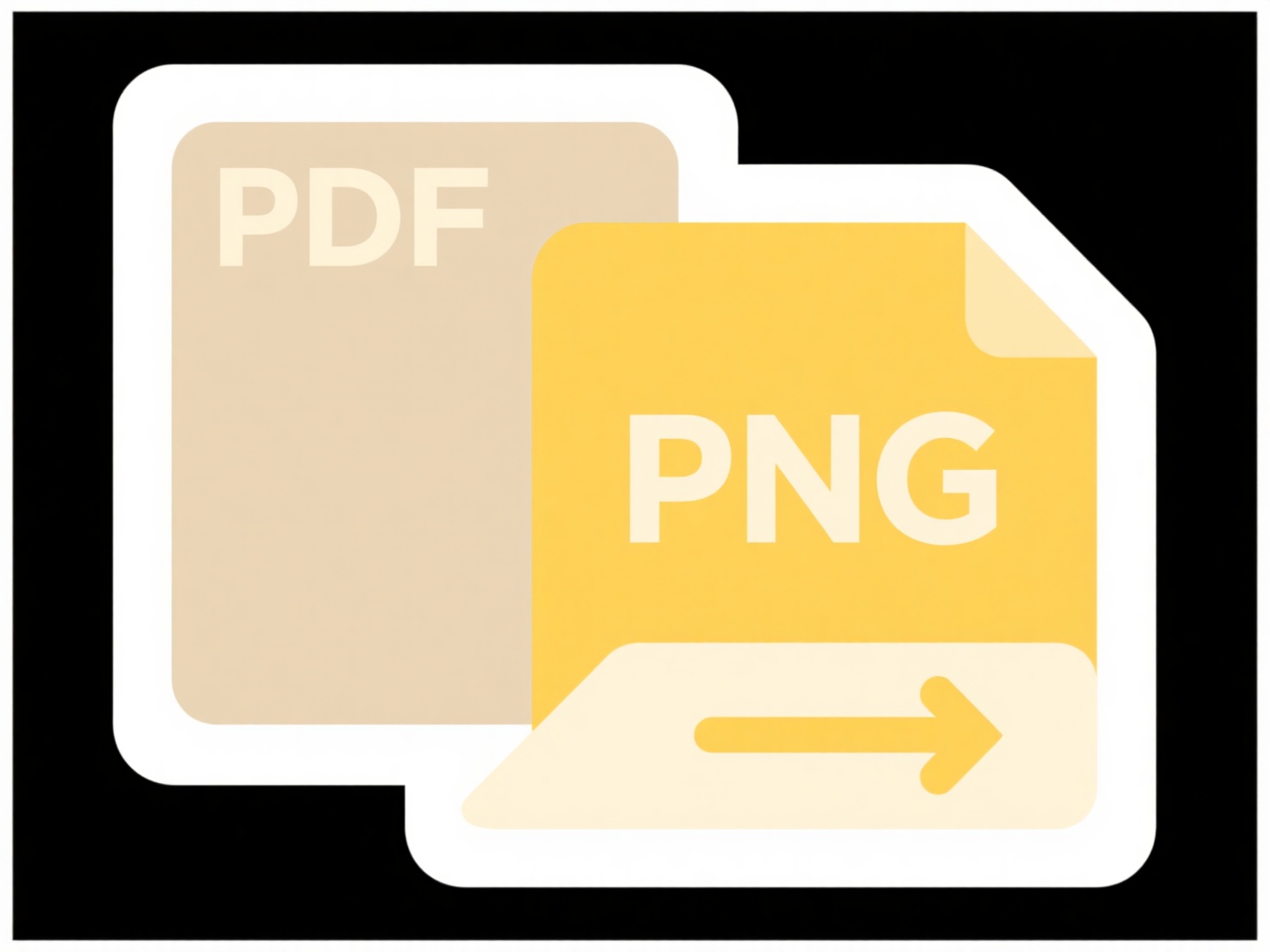
Managing design iterations refers to the process of systematically handling different versions or drafts of a design as it evolves. Unlike single drafts, iterations involve purposeful changes based on feedback, testing, or exploration, leading to progressive improvements. Key activities include naming versions clearly, documenting changes made in each iteration, storing files consistently, and comparing versions to track progress or identify regression.

For example, a UI designer might use Figma to create numbered iterations (v1.0, v1.1) of a mobile app screen, storing all versions in a project history with comments explaining changes. Similarly, an engineering team working on a hardware component might track iterations using GitHub, where each major design change gets a new branch or release tag, allowing easy comparison and rollback if needed.
Effectively managing iterations offers significant advantages: it safeguards progress, enables clear tracking of rationale, and facilitates collaboration. However, it requires disciplined organization to avoid confusion from too many minor versions and can sometimes slow experimentation if the workflow is too rigid. Ethical considerations center around clear attribution of contributions across versions. As digital tools improve version control, automated tracking, and cloud storage, managing iterative workflows becomes increasingly efficient, fostering confidence in exploration and innovation.
How do I manage design iterations or drafts?
Managing design iterations refers to the process of systematically handling different versions or drafts of a design as it evolves. Unlike single drafts, iterations involve purposeful changes based on feedback, testing, or exploration, leading to progressive improvements. Key activities include naming versions clearly, documenting changes made in each iteration, storing files consistently, and comparing versions to track progress or identify regression.

For example, a UI designer might use Figma to create numbered iterations (v1.0, v1.1) of a mobile app screen, storing all versions in a project history with comments explaining changes. Similarly, an engineering team working on a hardware component might track iterations using GitHub, where each major design change gets a new branch or release tag, allowing easy comparison and rollback if needed.
Effectively managing iterations offers significant advantages: it safeguards progress, enables clear tracking of rationale, and facilitates collaboration. However, it requires disciplined organization to avoid confusion from too many minor versions and can sometimes slow experimentation if the workflow is too rigid. Ethical considerations center around clear attribution of contributions across versions. As digital tools improve version control, automated tracking, and cloud storage, managing iterative workflows becomes increasingly efficient, fostering confidence in exploration and innovation.
Quick Article Links
How can I compare two versions of the same file?
Comparing two versions of the same file involves identifying differences between the documents. It typically focuses on ...
How do I delegate file permission management?
Delegating file permission management means assigning the responsibility to set and control access rights to files or fo...
What formats are best for audit trail files?
Audit trail files capture chronological records of system activities, crucial for security, compliance, and troubleshoot...